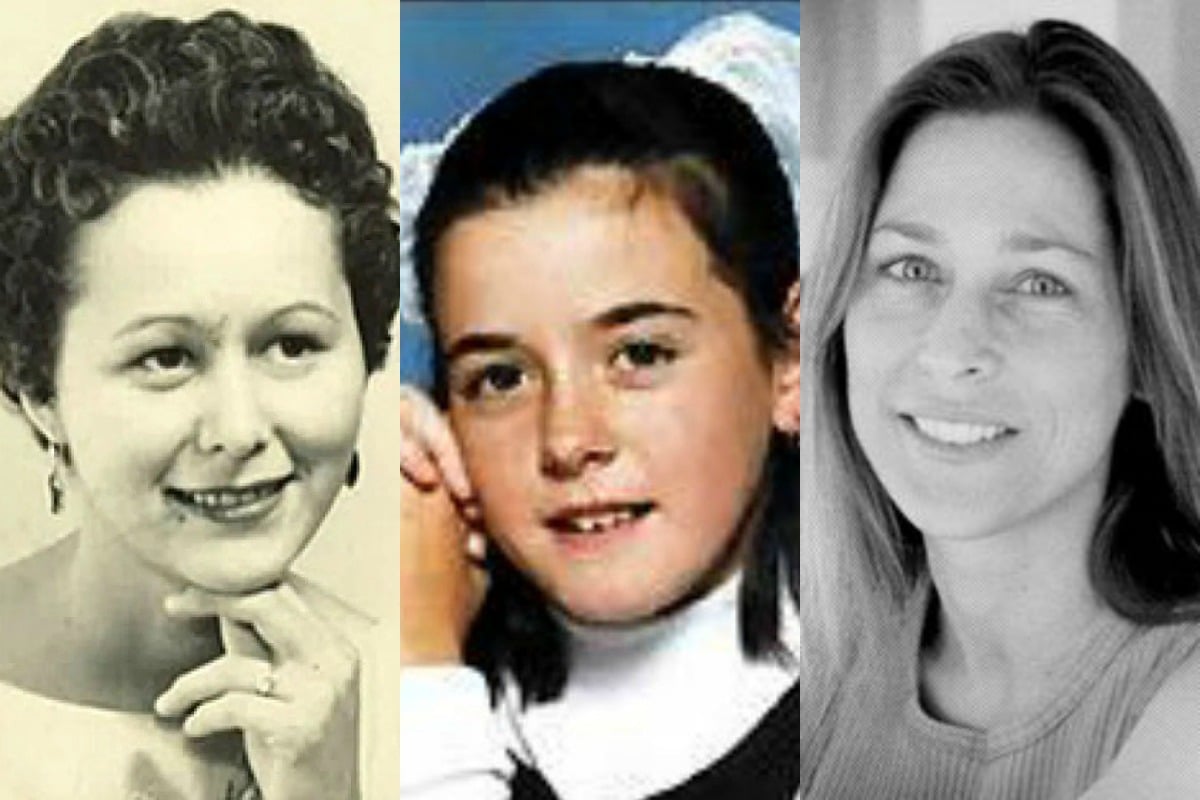
The list of people who go missing for long periods of time, before eventually being found alive, is very short.
According to Hester Parr, a Professor of Human Geography who conducted a study of 45 people who had been reported as missing, this is because even if one does want to vanish, it’s really not that easy.
Most people who went missing on purpose only lasted a couple of weeks, she told Mamamia‘s daily news podcast The Quicky.
The Quicky explores people choose to go missing. Post continues below.
“Although it sounds as though weeks is not a long time, when you imagine somebody disappearing into a new life that’s quite a long time when the police are searching for someone and they have very little resources,” she said.
“Often people who go missing want to stay missing, although they’re in a very traumatised state. They’re trying to avoid CCTV, they’re trying not to take money out of a bank so they can’t be identified.
“It’s quite distinctive sorts of behaviours that people adopt to stay missing, but it’s really hard to do it for a long period of time, so that’s why the statistic that 99 percent of people who are reported missing actually return… it’s really hard to stay missing.”
The rarity of people who successfully leave their old lives and create entirely new ones means that when someone is discovered to have done so, we can’t help but be intrigued.
Here are three women who vanished for years before being discovered alive and well.

